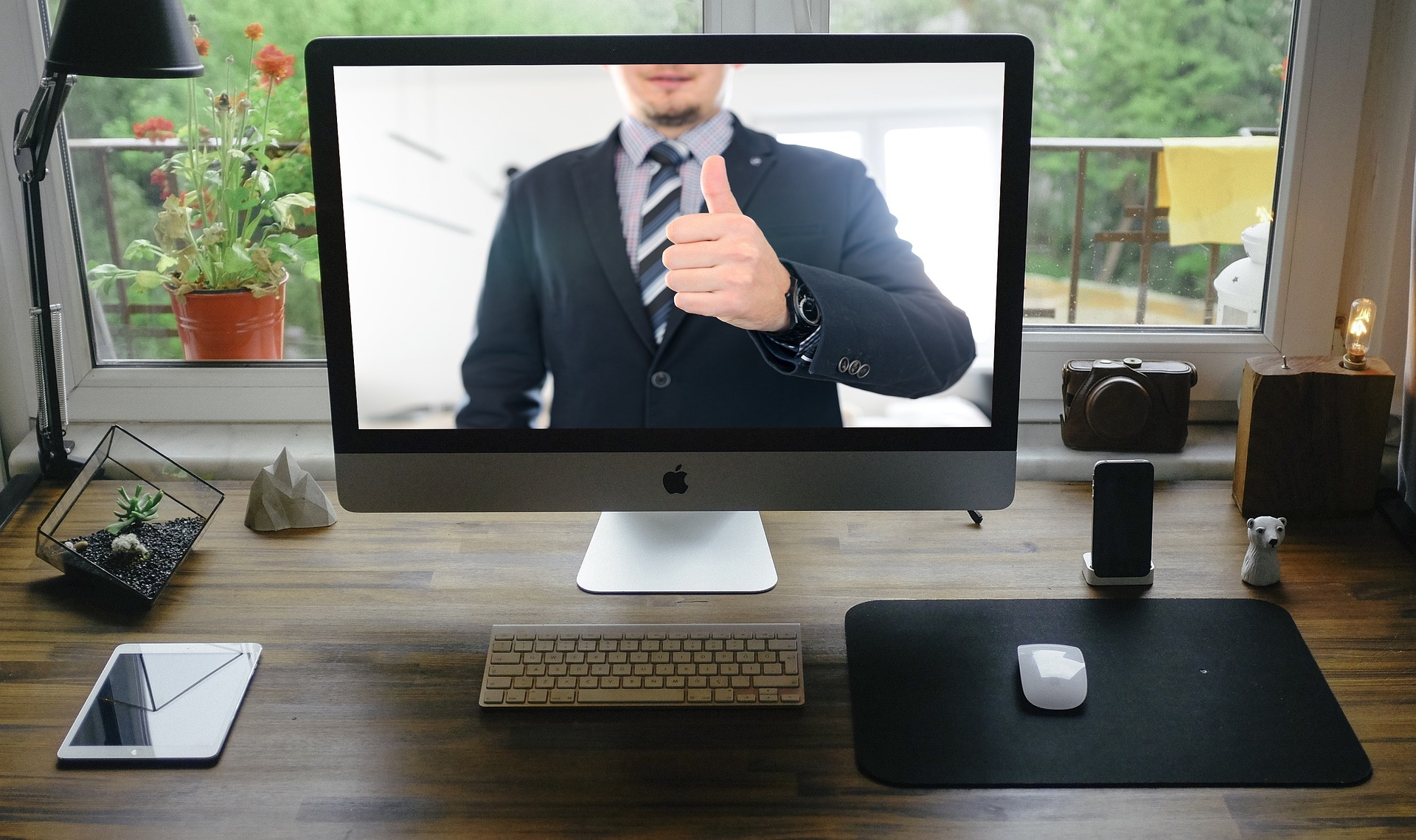The way the business world functions and offices have evolved in 2021 drastically. The development and continuous advances in technology constantly influence change in office set-ups.
Additionally, this technology will help offices adapt to the newly-developed situation amid the pandemic of Covid-19. There is also the issue of the rising price of commercial real estate, causing business owners and managers to reinvent their work environment.
However, the current pandemic has instigated the most significant changes in the way we do our jobs. Remote work has been normalized after many had to switch to work from their homes abruptly. Many were forced to shift to virtual offices. For some professions, such a way of working had been unimaginable.
Still, now, yoga instructors, music teachers, therapists, and many more, not only managed to maintain their businesses but succeeded in growing them as well.
Physical Ways in Which Offices Have Evolved in 2021

Companies have found ways to adapt to the new normal so that they could stay in business:
- Everybody who can work remotely does so
- If remote work is not a possibility, the number of staff present in offices has had to be reduced
- Introduction of rotating days
- Companies have had to increase the hygiene levels as well
But there are other more straightforward design upgrades in offices. For instance, an inexpensive way to ensure the physical distance between colleagues is by installing “sneeze guards.” They are highly effective panels put between already distanced desks.
Not only are they low-cost and highly effective, but they also have a high impact on the feeling of safety among the employees. So, perhaps this is the demise of the open-plan offices.
1# The Abolishment of a Central Office
To combat the threatening virus, companies may choose to decentralize. This implies the cancellation of a substantial central office where everyone comes to work.
Instead, there could be several smaller offices where smaller groups of people can operate in different locations closer to their homes. This will reduce or eliminate the use of public transport, thus lowering the risks. Moreover, the working hours have become flexible, or the shifts are easy to organize so that rush hours are avoided.
Relocation to smaller offices might seem daunting and complicated at first, but since central offices are typically downtown where real estate prices are much higher, this will mean saving on rental costs in the long run. Hiring a moving company with experience in commercial moving is a great way to help smooth the transition and ensure everything goes well.
2# Offices Resembling Hospitals
In an attempt to provide a healthier and safer work environment for their employees, companies will opt for heavy-cleaning resistant materials in their offices. These are non-porous surfaces such as stone and laminates.
Also, since hygiene must be at a higher level, UV cleaning is an excellent option when everyone leaves work. Sinks could be found at unexpected places such as at the reception, which is a great change even if it weren’t for the Covid-19 pandemic. Increased hygiene is something we can benefit from generally.
3# Contactless Offices
The office layout has to change so that employees can go from point A to point B most directly and quickly, minding what they touch on the way. The voice control technology is already present in many companies ensuring as little touching as possible.
It is suitable for lighting, audio, and visual control. Another way to reduce touching to the minimum is motion-activated technology, already seen in many toilets and at many doors.
Finally, self-service is replaced by a server, and in the future, automation will be a good investment.
4# Not-So-Physical Ways in Which Offices Have Evolved in 2021
The one thing that has become evident immediately is that offices have become more flexible and agile – mostly owing to them being virtual.
Zoom, Slack, Skype, and other video conferencing platforms have enabled teamwork empowerment, which surpasses the limits of locations and even disciplines. Also, remote work has provided a fantastic opportunity for increasing diversity.
Again, due to no limitations regarding locations or even time zones, the talent pool has grown immensely larger for companies looking to hire.
Furthermore, some other social aspects have begun to change. Perhaps, this is finally an opportunity for gender equality to happen. The flexibility offered by work from home has enabled women to stop prioritizing family over career and vice versa.
It has allowed them to better balance work and family with no sacrifices. At last, women and men are on a level playing field, so the hard time women have had advancing in their careers will finally be over. Moreover, men have reported spending more time with their children and doing more chores at home.
5# Hybrid Way of Working
A hybrid way of working implies going to the office a few days a week and working the other days remotely. This is a perfect combo of productivity and efficiency obtained by work from home and the benefits of social interactions at work. Although it may not seem like it at first glance, remote work really does promote efficacy.
With fewer interruptions, less unnecessary bureaucracy, no ineffective meetings, and perhaps most importantly, the confidence employees gained by the trust put into them to self-organize, fertile soil for productivity has occurred.
And since humans are social beings, the days of going to the office and socializing with colleagues will generate innovation and prevent feelings of loneliness.
Final Takeaways
The “new normal” and the ways offices have evolved in 2021 have had their pros and cons, as all things worldly do:
- Most tasks can be accomplished remotely with no loss of productivity or a drop in quality
- Most people appreciate remote work due to the extra time gained from no commuting
- Over time, face-to-face communication becomes necessary to build teamwork, solve complex issues, and combat loneliness
- Work-life boundaries have blurred, and mental well-being is jeopardized
Resources:
- 5 Office Organization Ideas For Maximum Productivity
- The Office 365 Collaboration Tools: How It Works?
- 14 Office Designs That Will Motivate Your Employees
Authors Bio: Julie is a small business owner and an avid writer on the topic of business management and developments in the business world. She has a Masters Degree in English Language and Literature. She spends her free time exploring nature and is a great filmophile.















